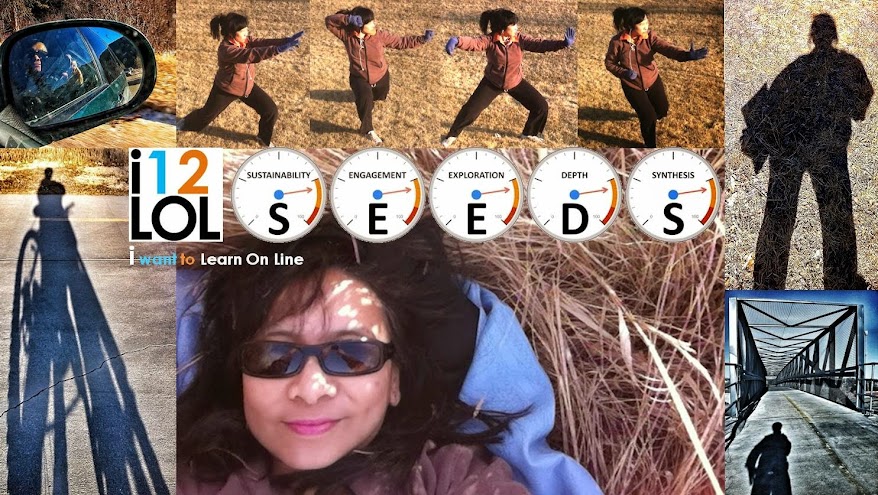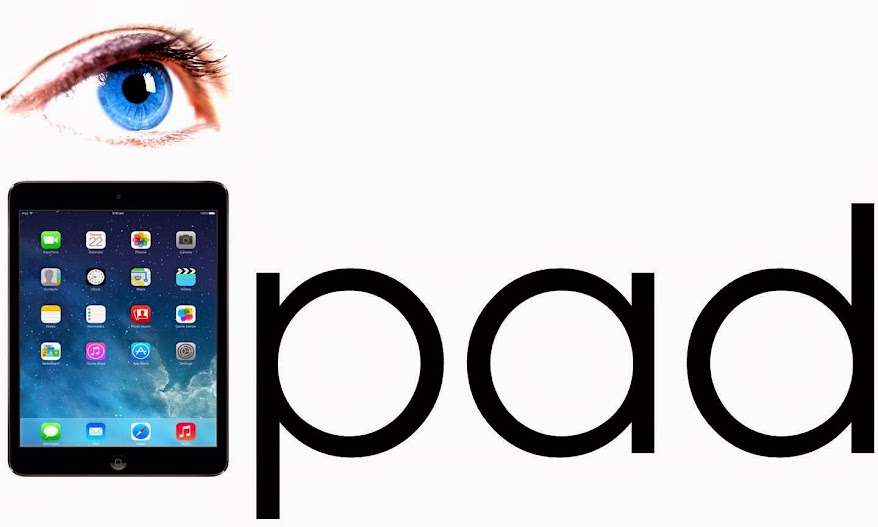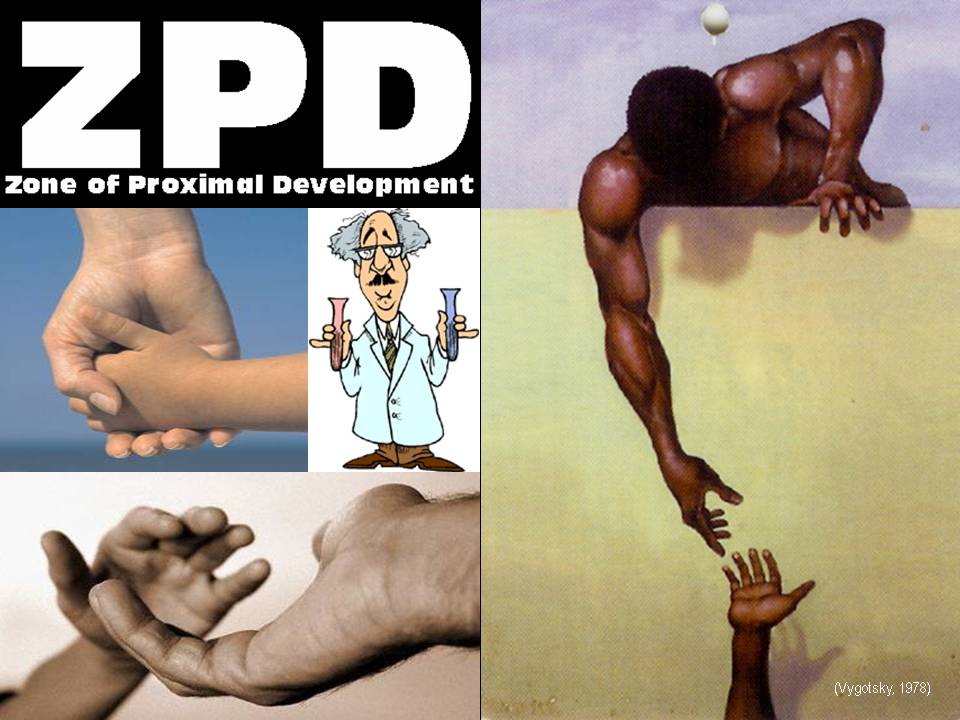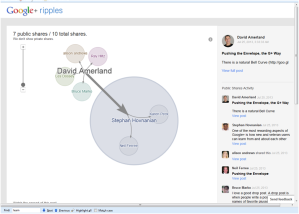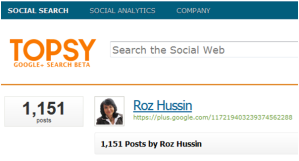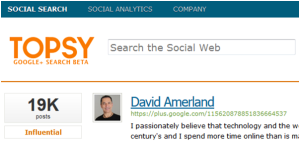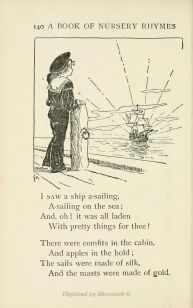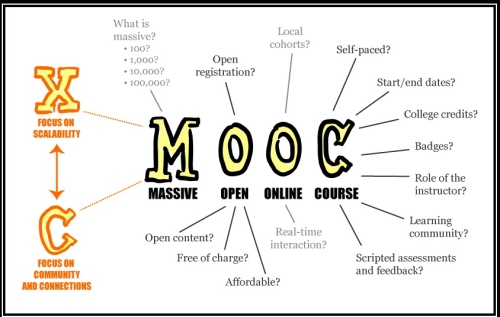My father was the first Colombo Scholar from Malaya in 1957. Back then, Singapore was part the Federation of Malaya, which had just gained Independence from the British on August 31, 1957. My father, who was studying at the Gan Eng Seng Chinese-English High School in Singapore, was selected, based on his mathematics acumen and low income background, to be the first Colombo Scholar from the newly formulated nation. He was sponsored to study Mining Engineering at the University of British Columbia (UBC) in Vancouver, Canada, so that he could serve the new Malaya Government upon his graduation. Malaya was the #1 tin producer in the world at that time, so his scholarship was a great honor and noble task.
It turned out that there were only 3 graduates in Mining engineering from my father’s graduation year. None were Canadian. Besides my father, who was listed as a “Singaporean” at that time, there was an Englishman named Alastair Hamilton Summers, and another Malaysian, Yip Siew Ngoh, from St. Michael’s Institution in Ipoh, Malaysia. Coincidentally, my father was born in Ipoh, and later, after graduating from UBC, was stationed to work in Ipoh, the world’s largest tin producer circa 1970’s.
My father died young, of a sudden heart attack in 1989. He was only 51, and held a very high stress, high profile job. In his lifetime, he had contributed significantly, to the young country of Malaya, later known as Malaysia, and to the world of engineering, through his research.
Throughout my childhood, my father was my cognitive coach, He taught me with intense rigor, to learn-how-to-learn, using multitasking and multimodal approaches. I remember one time when I was 4 or 5, he had me read from a children’s poetry book, while he sat across the table. He told me to keep reading, but after every line, he asked me to tilt my head slightly, so my eyes would look over the book page and beyond, to see the number cards that he would flash to me. Without pausing, I was to mentally calculate the sum of the numbers I saw, verbalize the answer, and continue reading the poem. So, if someone were listening, it would have sounded like this: “I saw a ship a sailing… 2+6=8… a sailing across the sea… 8+4+=12…and oh it was a laden… 3+7=10… with pretty things for me…”. I learned addition, subtraction, multiplication and division through this method, mastered mental-math up to the 12th times-tables by the age of 6, and consciously continued to train myself, even today as an adult, to juggle multiple objectives simultaneously, through rapid refocusing of different cognitive tasks.
I was my father’s experimental research specimen at home, and sometimes, I tagged along at his work, helping him prepare his lecture slides. I was consistently pushed to study subjects beyond my age. By the time I entered my undergraduate freshman year at Cornell, I was already solving 3rd year engineering math, and had been doing architectural drafting for 4 years. I was only a sophomore when my father died, and till today, I still wonder what else my father could have taught me, if he had lived on.
I am now 51, and have lived as long as my father had lived. When I was younger, I often thought that I too would lead a high profile, high stress, and short life. For awhile, I was definitely on that path, being a workaholic, perfectionist, and high flying. But I have since learned an alternative path in life, one with the potential of a long, healthy, and non stressful lifestyle. Ironically, it was something that my father said to me before he died, which triggered me to change my modus operandi. One day, when I was 19, my father and I had a vitriolic argument. When we hit a stalemate, my father said, with sad resignation, “Every parent has to learn how to be a parent for the first time. I’m still learning. Forgive me.” A quarter century later, I found myself saying the very same words to my firstborn son. At that moment, I learned 2 things – the lesson that my father had subconsciously taught me 25 years earlier, and the lesson that my son unconsciously taught me that day, which he would probably only comprehend, 25 years later, from his son/daughter.
Like my father, I too have two children. But my father, unfortunately, did not live long enough to see his children graduate from college. I feel blessed and grateful. As of this year, 2019, both my boys have completed their undergraduate degrees, and I am finally now, an emancipated parent. With this newfound freedom, I have decided to go on a pilgrimage, to visit my father’s Alma Mater, UBC in Vancouver, and retrace my father’s experiences, from his life in Vancouver in 1957-1961. I will begin my journey next week.
My first step was to contact the current Dean of Engineering in UBC, to research any records of my father’s time there. Dr. Scott Dunbar was very helpful, and it was from him that I gained a copy of the UBC graduation list from 1961. I hope to meet Scott during my visit. I also hope to find/meet any of my father’s college friends, alumni from UBC, who are still alive, or their children. For that, I will post this blog online, and hope that the power of social media might cast tentacles long enough to reach any relevant contacts.
In addition to meeting anyone who might have known my father in UBC, I am also interested in finding the Chinese Restaurant that my father helped expand. I grew up hearing the legend of how my father, homesick for Asian food, befriended the owner of the first Chinese Restaurant in Vancouver. At that time, the restaurant was just a “hole in the wall”, a small struggling business. Canadians were not yet accustomed to Asian cuisine. My father came up with the idea of providing takeout delivery service to the UBC campus. Neither my father nor the restaurant owner had any startup money, so, my father bought one dish, delivered and sold it, then used the money to buy two dishes, and so on. Eventually, my father had a steady income, and the restaurant flourished. When my parents visited Vancouver in the 1980’s, they visited the restaurant owner, who was by then, retired, but his business had grown into a chain of successful restaurants. My mother is still alive, but she does not remember the name of the restaurant. I hope that I will be able to find the current owners of the restaurant, or the descendants of the original owner.
My visit to Vancouver will be a pilgrimage and an ode to my father’s memory. I will be driving in my minivan, from my house in Lincoln, Nebraska, heading west to Colorado, crossing the Rockies, visiting friends in California, heading north to Washington, visiting friends in Seattle, then crossing the border to Vancouver. The journey will take 6-7 weeks. I plan to leave the day after the 4th of July fireworks. I hope I will be able to connect to people who have a connection to my father’s past. And I hope that I will continue to learn, the life lessons that my father began teaching me, half a century ago.
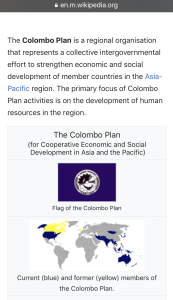
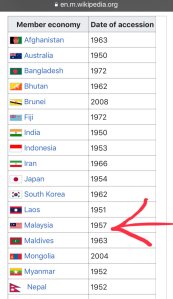






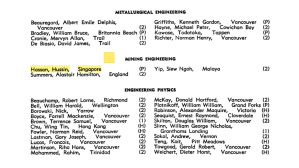



 vs.
vs.
